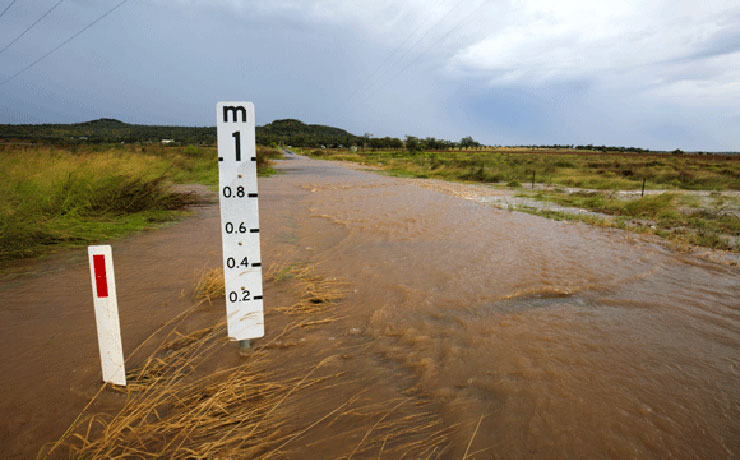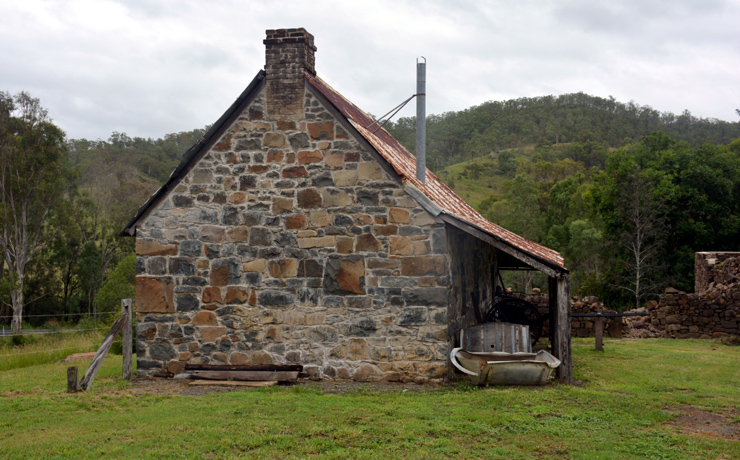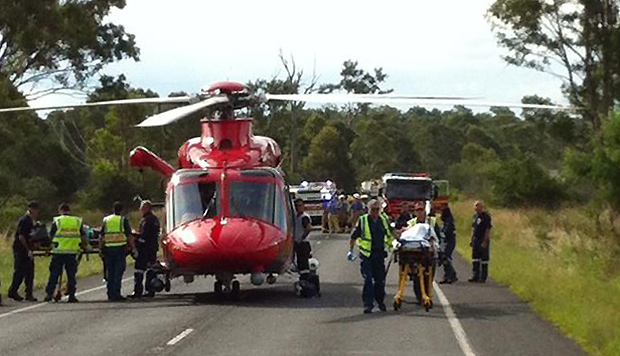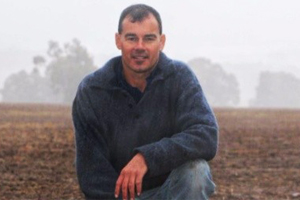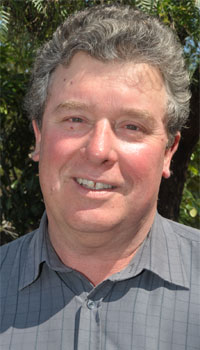
QDO President Brian Tessmann has again expressed concern about proposals to rearrange Queensland’s tick line, particularly about how the current protected area would be divided up and managed under new biosecurity legislation.
“I believe all producers should be involved in the changes to biosecurity regulations, particularly those producers in and around tick protected areas,” he said.
“They need to be actively involved in any movements in the tick line.”
Mr Tessmann said ticks were a major problem for Queensland’s cattle industries, and serious and determined measures should be taken to reduce their impact.
Cattle ticks were also a significant concern for the State’s dairy industry, because cows producing milk for human consumption were not able to be treated with some of the chemicals available to beef producers.
“Under the new biosecurity legislation, tick management would be done via two defined biosecurity zones but there is no allowance for the protected type zone,” Mr Tessmann said.
“It is hoped this will mean management in the tick-free area should be tighter, with less chance of tick outbreaks and more ability to clear them up if they occur.”
Mr Tessmann said it was also important under the new regulations that the tick line was more secure than in the past.
But the main issue concerning producers was how the protected zone would be incorporated into the two zone system.
“I think most people involved would hope the vast majority, if not all, of the protected zone will be incorporated into the tick-free zone,” he said.
“The main issue that will cause some challenge will be any region of the protected zone that has still been tick infested through that region’s time as a protected zone.
“Another issue is how new regions can be included in the tick-free regions if the majority of farmers in that region wish to eradicate their region’s tick problem.
“And an even more vexing issue will be what to do if the current line between the tick protected and tick infected zones is very insecure.”
Mr Tessmann said while it was widely accepted that some natural features may provide a barrier to tick movement, the best barrier was a man-made structure such as a road that was fenced on both sides.
“The problem is that in some places the current line is a single boundary fence – but in some of these situations, the surrounding property owners have worked very hard towards obtaining freedom from ticks. They deserve consideration in how this new legislation is implemented,” he said.
“It is also important that farmers are given the opportunity to provide input into the process at a local level.”
Mr Tessmann said while industry organisations like the QDO will give support where appropriate, the best input would come from landholders.
He said it was also important to look at how ticks are managed, and chemical resistance decreased, in tick-infected areas.
“Many dairy farmers in the tick-infected region work hard to reduce tick incidence only to have their efforts set back by unknowingly bringing in ticks with high chemical resistance,” he said.
“From a dairy industry point of view, the imperative is to get more dairy farms free of ticks.”
Mr Tessmann said the QDO believes one way of doing that was to move the line to the north east.
“We certainly do not want it sliding backward and undoing all the good work by farmers over many years.
“I hope the government wants to tick the same objective.”












